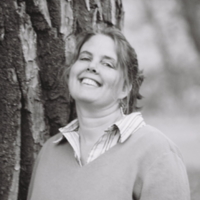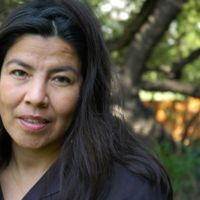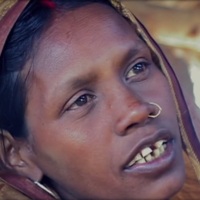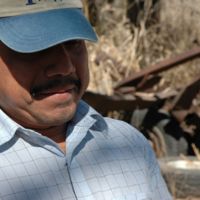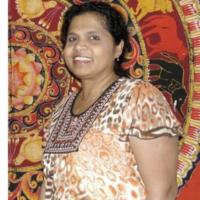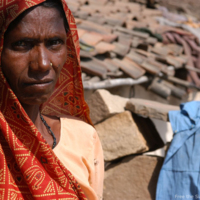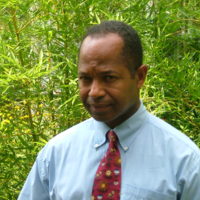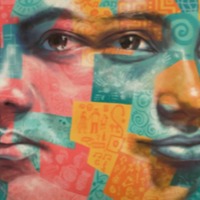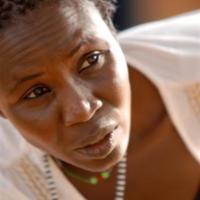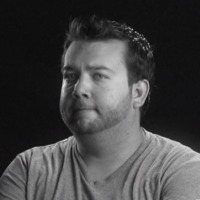
Human trafficking is a crime that takes away souls, that takes away memories. My trafficker was someone who knew my family. I was given specific instructions: "You’re going to do what I ask you to do. If you not, your mom and your three brothers in Honduras are going to die." So I allowed one crime to happen so another crime wouldn’t. A neighbour reported that so many people were coming in and out of the house. Then, that’s how I was rescued. Most people didn’t understand what was I going through.
Once I found the power of my story, I decided to become an advocate. I have shared my story as a way for people to be inspired to make change, as a way for people to become advocates, just like my CASA for me. Marcos, my court-appointed special advocate—he came into my life 2 days before my 18th birthday.
He spoke Spanish. He really came into my life and really helped me. If it wasn’t for his help and support, I wouldn’t be the advocate I am today.
As victims or survivors, we have been through a great deal of trauma in our lives.
My trafficker was my godmother. Going through the whole court process was not easy. One, it’s because I have to be in front of my godmother once again, and, two, because someone was trying to defend her. She was taken to jail, so she has two life—two consecutive life sentences. I needed someone to help me and guide me and be my advocate in court and help me navigate through the process.
Being a survivor is a continuous thing. We need to provide them with tools, coping skills to continue working on themselves. We really need to help people, in that transition time, find themselves, and that’s when people come into their lives and say, "Well, can I help you? Can I walk the walk with you and help you find out who you are again? What do you want to do in life? What do you want to be in life, now that you’re free, that you own your body?"
We need to focus on the person first, because once they have a reason to be survivors, that’s when they love themselves again. They have self‐worth, and then they’re resilient and they continue—they want to continue with life.
Courtesy of the Office for Victims of Crime
